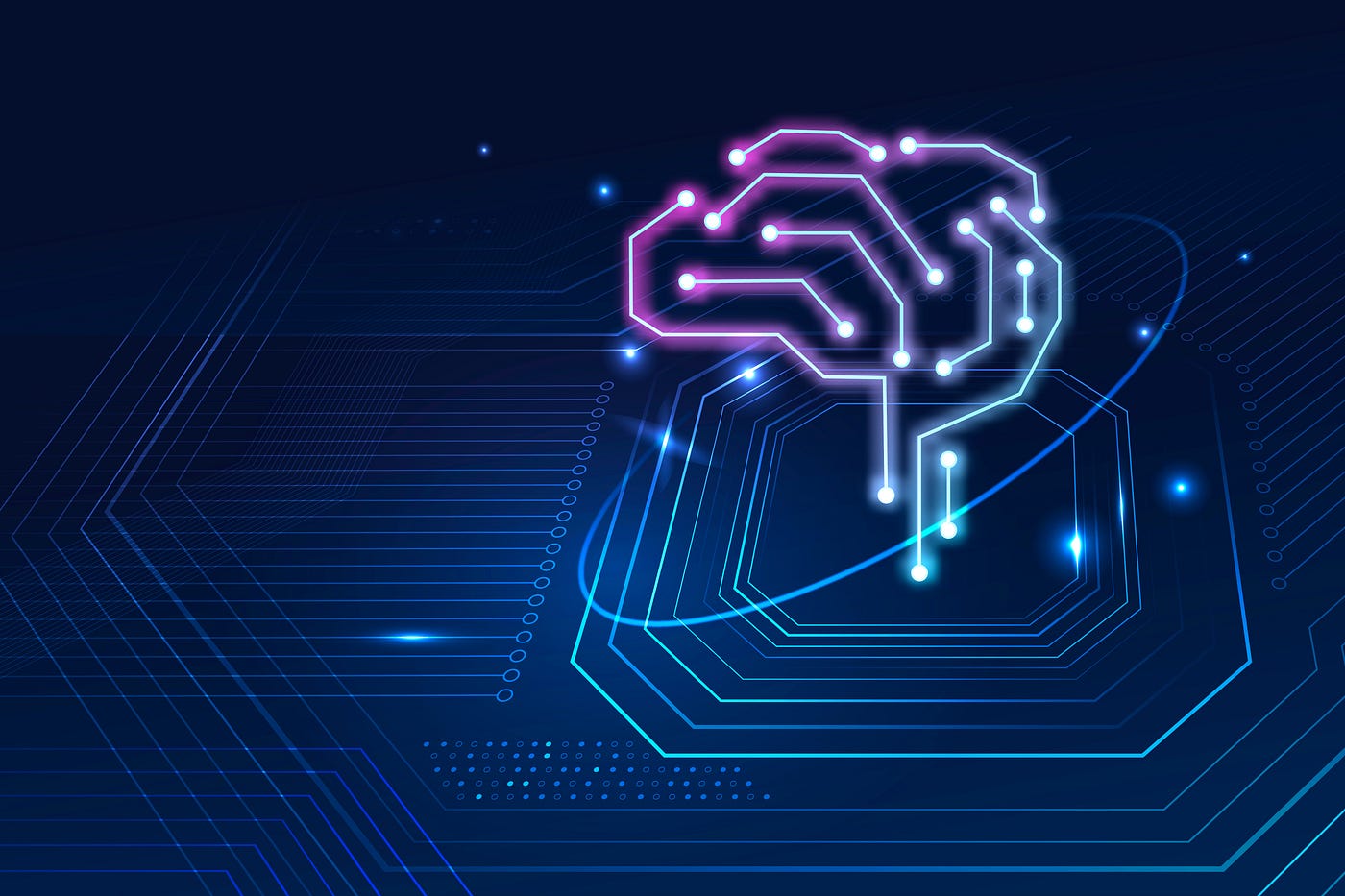Encoder Decoder
Scaling Businesses with Technology
Understanding the Encoder-Decoder Architecture
The Encoder-Decoder model has revolutionized AI-driven language processing. From powering Google Translate to enabling human-like chatbots, this deep learning framework has become a cornerstone in modern artificial intelligence. But how does it work? More importantly, why was it needed in the first place? In this article, we explore the origins, inner workings, and future potential of the Encoder-Decoder architecture.

Prerequisites: Autoencoders and Attention Mechanisms
Before understanding transformers, it's essential to grasp the concepts of Autoencoders and Attention Mechanisms. Autoencoders compress and reconstruct data efficiently, while Attention Mechanisms allow models to focus on relevant parts of input sequences dynamically.
Why Was This Model Needed?
Due to globalization and increased international communication, there was a growing need for translation across multiple languages. Early approaches relied on rule-based or statistical models, but these methods struggled with context, idioms, and long-range dependencies. The advent of Neural Machine Translation (NMT) addressed many of these shortcomings by leveraging deep learning models.
Traditional NMT models compressed entire sentences into a fixed-length vector, leading to information loss. The Encoder-Decoder model emerged as a breakthrough by dividing the translation process into encoding and decoding stages, thereby improving accuracy and contextual understanding.
The Encoder-Decoder Model
This architecture consists of two key components: an encoder that transforms input data into a numerical representation (context vector) and a decoder that generates the corresponding output sequence. This separation allows it to handle variable-length sequences effectively.
The Encoder
The encoder is responsible for analyzing and compressing the input sequence. For text, this is typically achieved using Recurrent Neural Networks (RNNs), Long Short-Term Memory (LSTMs), or Gated Recurrent Units (GRUs), which capture sequential dependencies. For images, Convolutional Neural Networks (CNNs) progressively reduce spatial dimensions while increasing the number of feature channels.
The final hidden state of the encoder becomes the context vector, which serves as a compressed numerical summary of the input data. In image-based tasks, this compressed representation is often referred to as the latent space or feature space, where essential details are retained while unnecessary information is discarded.
The Decoder
The decoder receives the context vector from the encoder and generates the output sequence step-by-step. In text translation, it predicts words based on previous outputs while maintaining fluency and grammar. In image-based tasks, it reconstructs or generates images through upsampling layers.
In cases where latent space is used, the decoder takes this compressed feature space and progressively reconstructs it into the desired output. In image processing, this means using transpose convolutional layers to increase spatial dimensions while refining details.
Expanding Applications Beyond Text
The Encoder-Decoder architecture is not limited to text-based tasks. It is widely used in text-to-image generation, image-to-image translation, image captioning, and image compression. The ability of this architecture to encode complex patterns and generate coherent outputs makes it a powerful tool in deep learning applications.
Challenges and Variants
Despite its advantages, the Encoder-Decoder model faces challenges like the bottleneck problem, where compressing an entire sequence into a single vector can lead to information loss. Slow inference speed is another issue, as sequential decoding can cause latency problems in real-time applications. Additionally, advanced architectures like Variational Autoencoders (VAEs) and Generative Adversarial Networks (GANs) have introduced probabilistic modeling and adversarial training to enhance image generation and diversity.
Transformers: The Evolution Beyond Encoder-Decoder
Transformers revolutionized AI by introducing self-attention and parallel computation. They improved positional encoding, allowing models to retain word order without sequential processing. The ability to process entire sequences in parallel led to faster training times and improved performance, powering state-of-the-art models like BERT, GPT, and T5.
Open-Source NMT Frameworks
Developers can experiment with NMT using frameworks like Fairseq (Facebook AI Research), OpenNMT (Harvard NLP Group), and MarianNMT (Microsoft Research). These open-source tools enable researchers to train and fine-tune translation models for various applications.
Conclusion
The Encoder-Decoder model laid the foundation for modern AI translation and image generation. However, the rise of Transformers has led to even more powerful architectures. As AI continues to evolve, we can expect further innovations in translation, multimodal AI, and real-time applications.
Call to Action
Explore open-source NMT frameworks and train your own translation model!
“The real problem is not whether machines think but whether men do."
– B. F. Skinner

